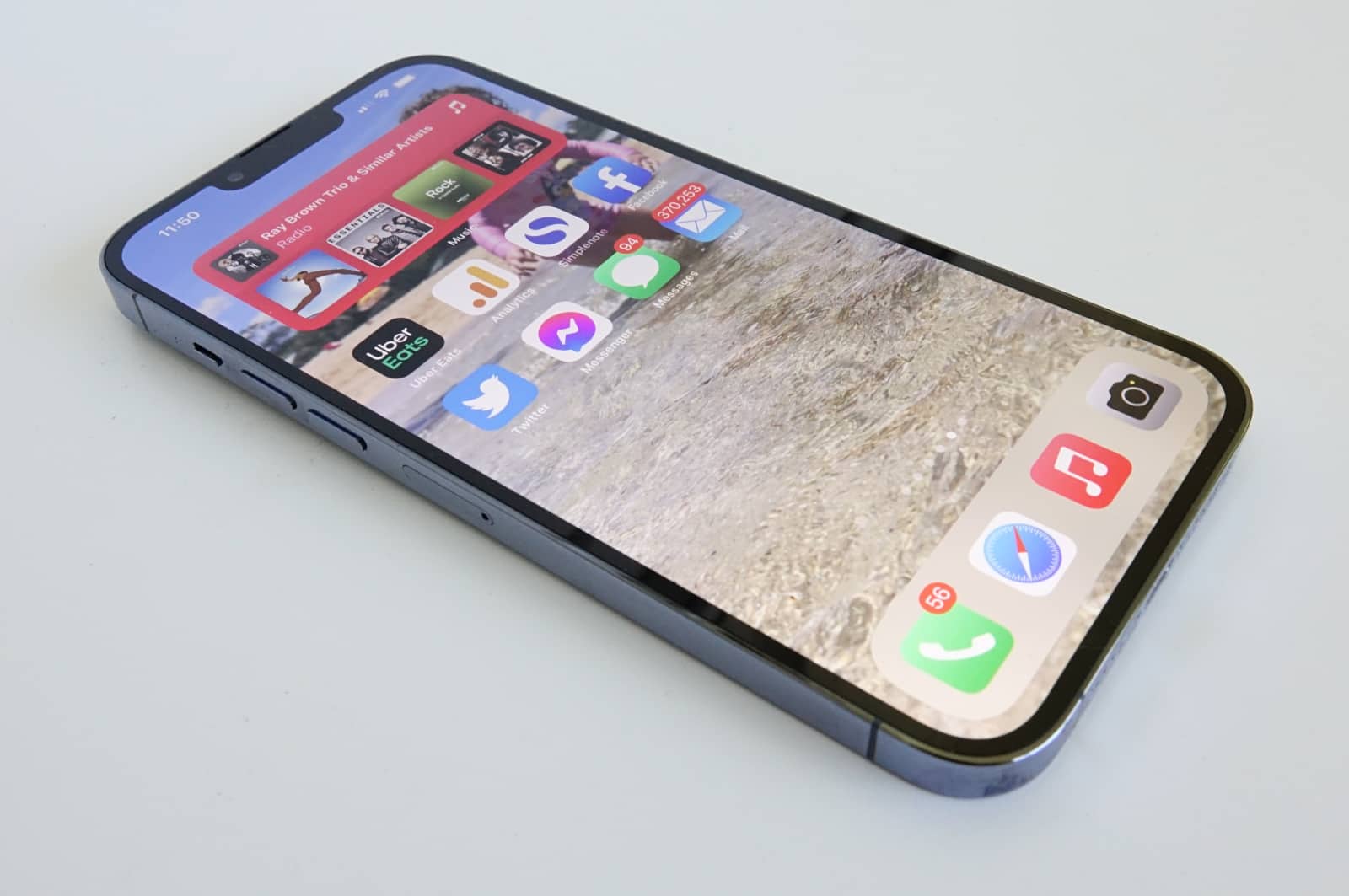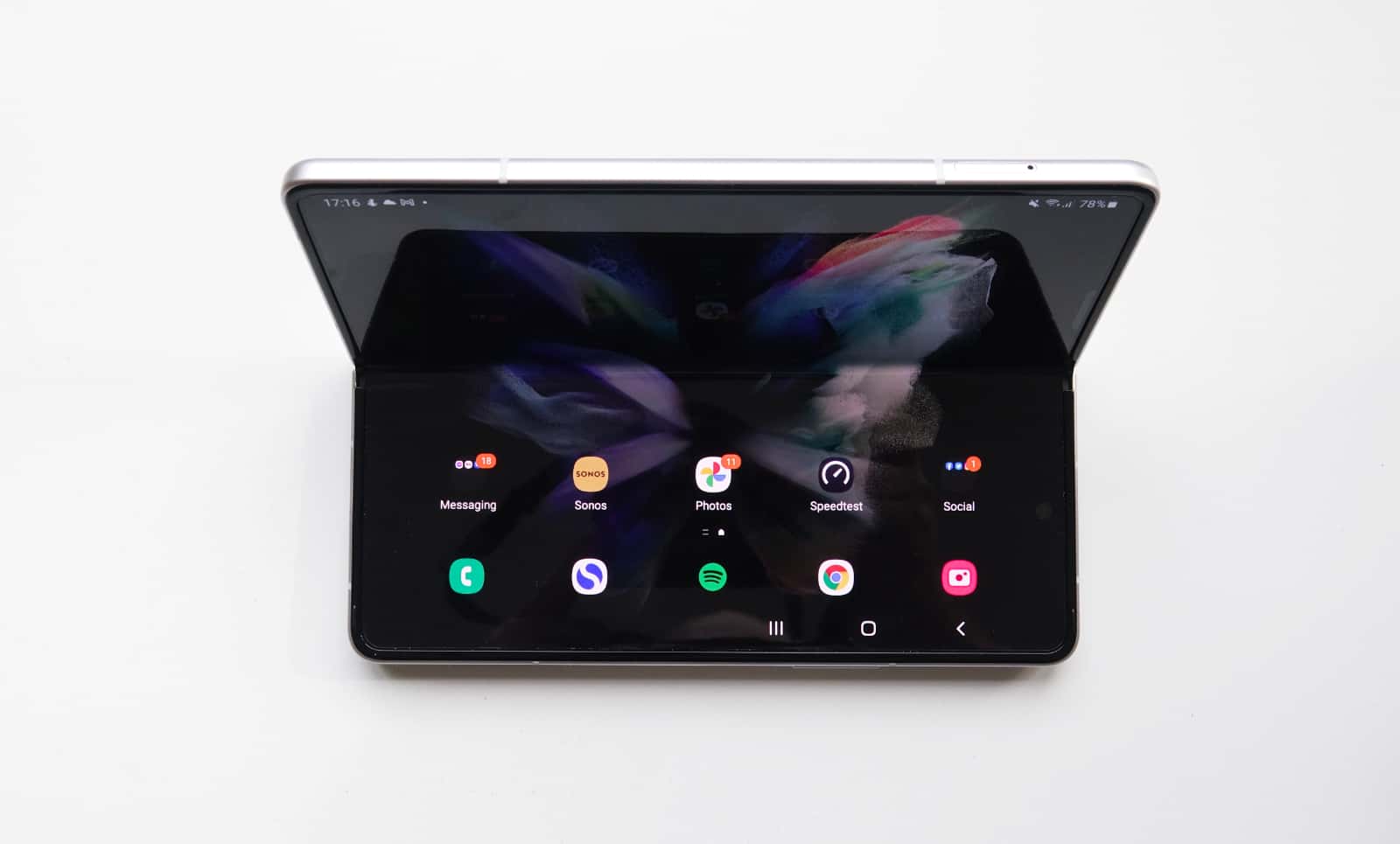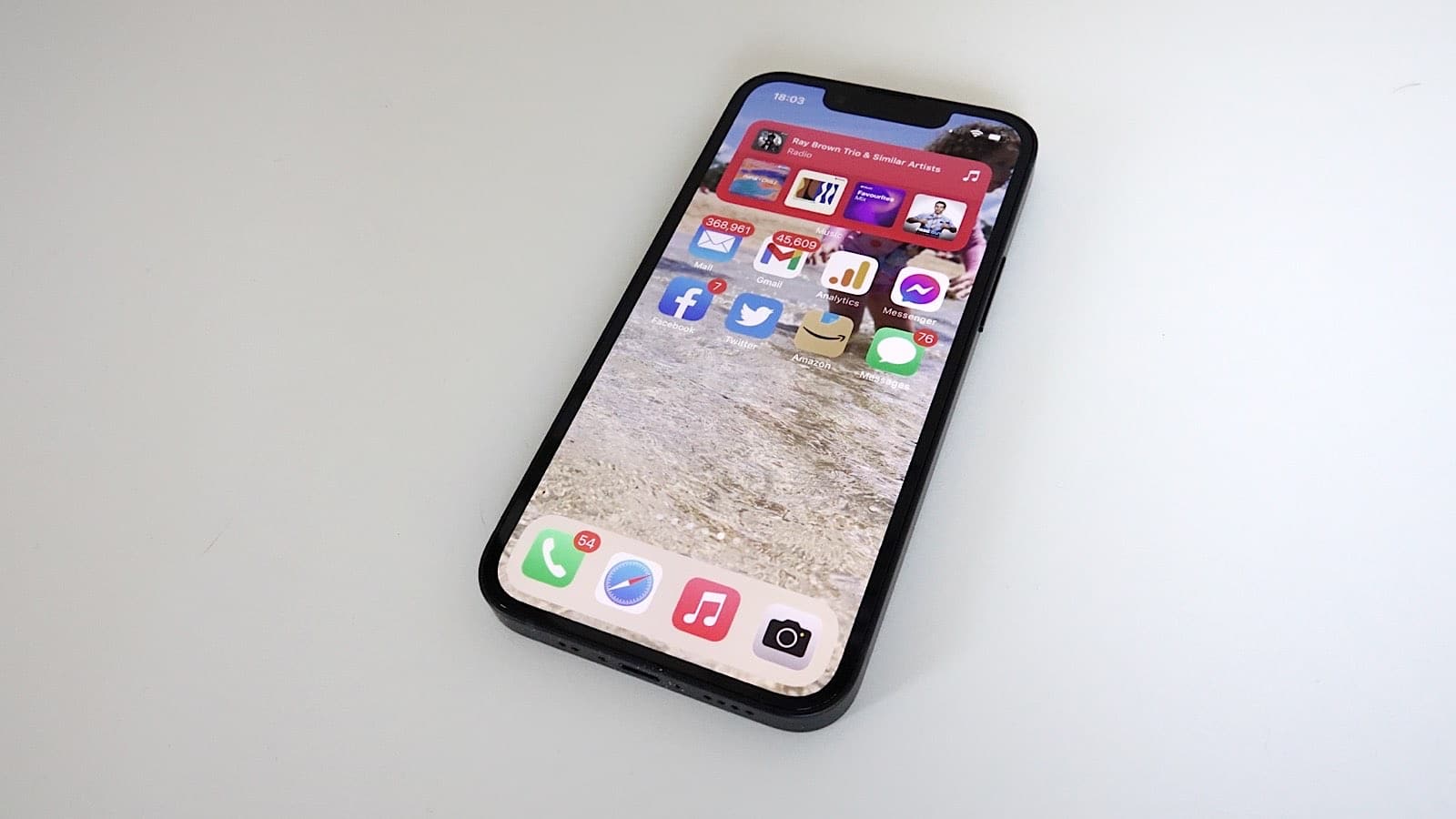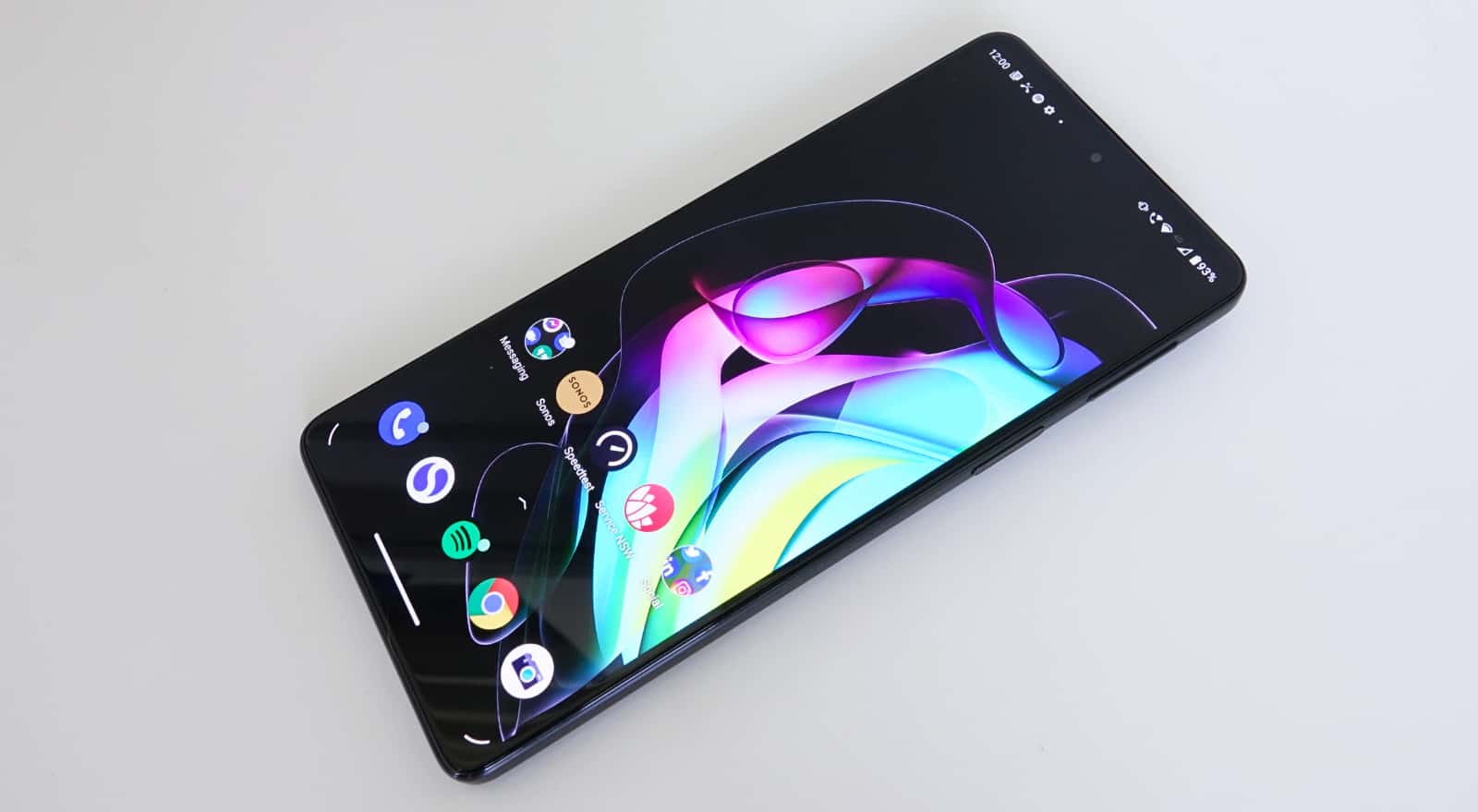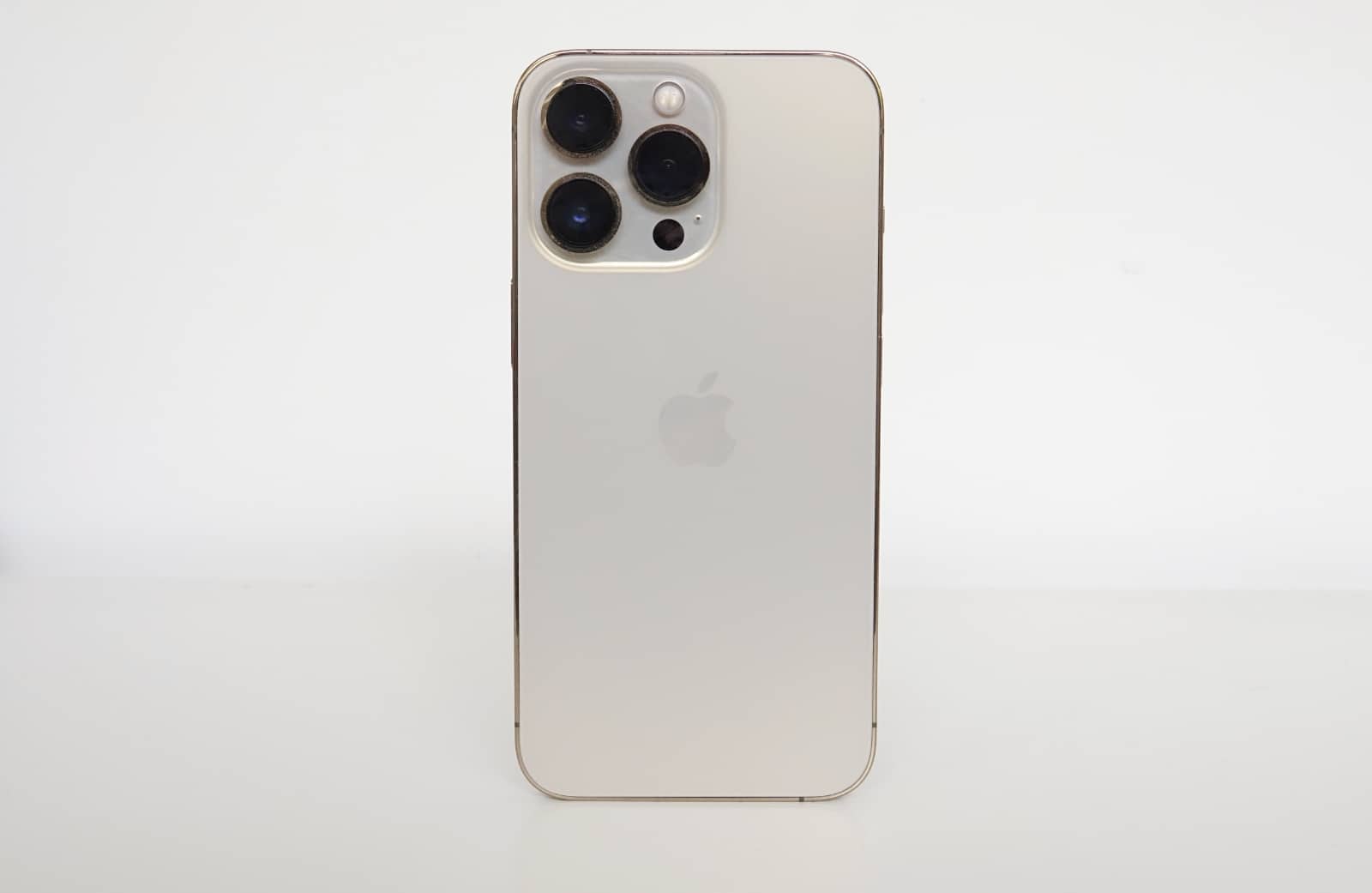2021 might have been another weird WFH year, but it’s one dotted with phones, so what was best?
The year is over, and while you might have worked much of the year from home, closer to a laptop or desktop for your regular day-to-day, phones have still played a part. As we started to head back to work before Omicron took hold, mobiles began to return to our lives, and that meant more people looking at ways of upgrading.
This year, the best mobile phones played the regularly fierce game of who had the best camera, the best screen, and the best battery life, as major features like 5G and more than one camera became normal. You can get 5G and several cameras in phones under the $500 mark, so these were no longer the benchmarks for what constituted a great phone.
But there are still obvious differences, and as we finish the year, it’s time to check out just which phones were the best of the year in Australia.
Best Android phone: Google Pixel 6 Pro
We’ll start the year’s best phones with the year’s best Android, and that goes to a mobile that competes not just by offering the best of what’s out there, but delivering something no other phone in Australia offered this year: both types of 5G.
There’s the standard Sub-6 5G and then the newer mmWave 5G, and while we’re largely expecting mmWave to grace more phones in 2022, this year, one phone had it in Australia, and it was an Android phone: the Pixel 6 Pro.
Google’s latest phone had more going for it than support for both types of 5G, with a great camera, lovely premium design, and a feature set that made it stand out.
If you have to buy the best Android this year, take a look at the Google Pixel 6 Pro. It’s just so well worth it, and one of the best Android phones this year, hands down.
Best iPhone: Apple iPhone 13 Pro Max
Alternatively, if you have to buy the best iPhone this year, you’ll want to check out the iPhone 13 Pro Max.
Apple’s biggest iPhone for the year comes with an identical spec sheet to its iPhone 13 Pro model, save for two areas: screen size and battery life. The massive 6.7 inch OLED screen in lovely to have, especially if you want a big screen, but the battery also handles better than most phones we tried this year, as well.
That’s matched to a premium design and build quality, one of the best cameras around (more on that later), and a feature set that helps it stand out.
It comes with a high price, but the iPhone 13 Pro Max may well be worth it, and is one of the few phones we gave five stars in our reviews this year.
Best foldable phone: Samsung Galaxy Z Fold 3
If you’re after a bigger screen than the 6.7 inch display on the iPhone 13 Pro Max, you may want to check out the best foldable of the year, Samsung’s Galaxy Z Fold 3.
The third take on a tablet that folds into a phone, the Galaxy Fold 3 is the best interpretation of the idea yet, bringing high-speed innards and water-resistance to a tablet that works brilliantly as a phone, as well.
It’s still a fairly meaty phone concept thanks to feeling like it’s two phones connected by a hinge, but the Z Fold 3 may also be the most entertainment-friendly phone we’ve ever played with, working beautifully for books, comics, movie and TV watching, and even playing games.
Best value phone: Moto Edge 20 Fusion
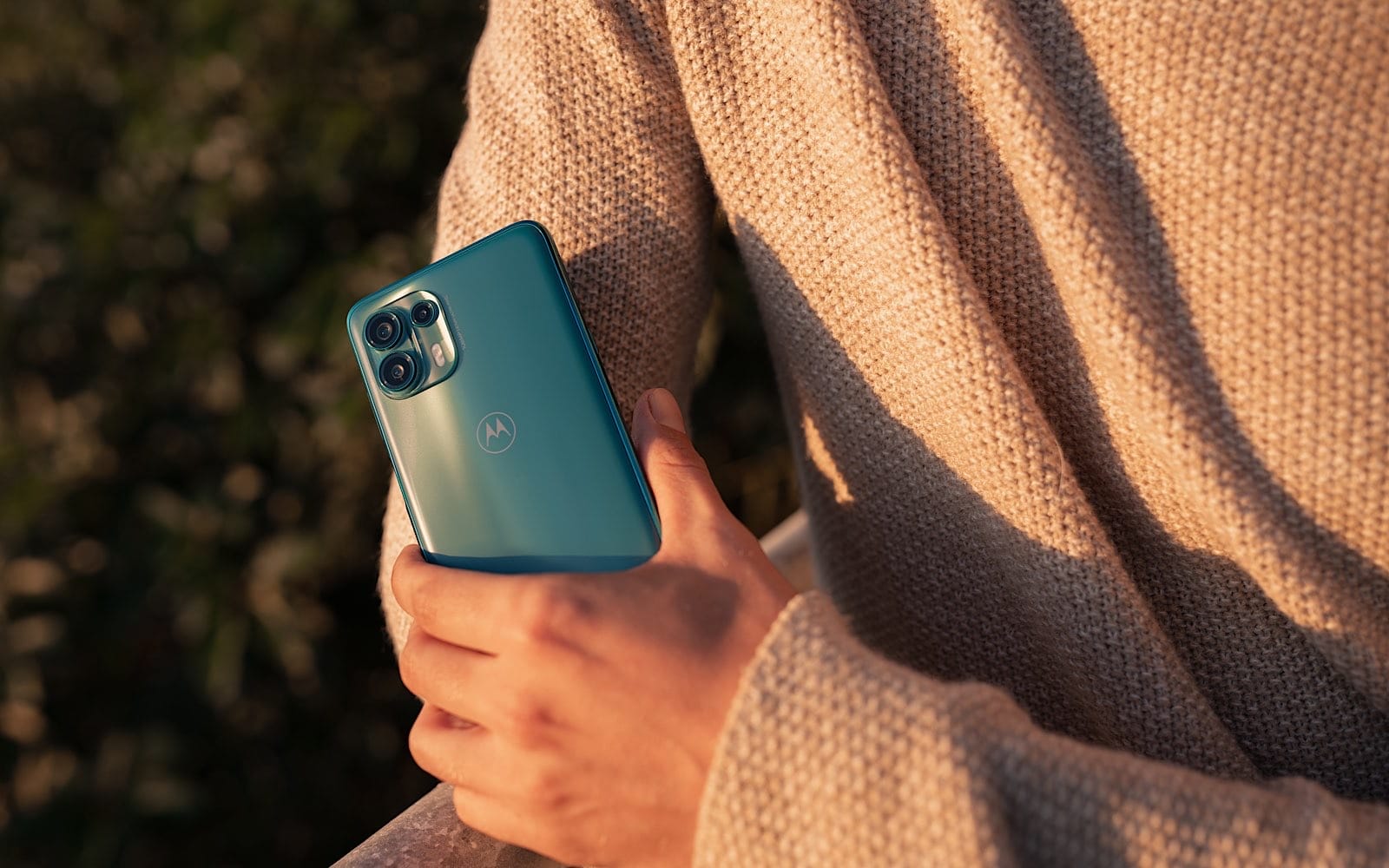
Foldables haven’t quite hit the value you might yearn for, but that’s ok. However, Motorola did manage to do something no other brand did in 2021, getting a big camera and 5G into a low price point.
At $499, the Edge 20 Fusion is very, very different from other $500 phones, getting in a big 108 megapixel camera, a 6.7 inch OLED display, support for 90Hz, and a big 5000mAh battery.
In a year when Google didn’t replace its excellent mid-range Pixel 4a in Australia, and instead pulled it from market, the Edge 20 Fusion represented value, achieving it with a MediaTek Dimensity 800U chip and a hint of water resistance, even if IP52 isn’t enough to really count.
But the price is just a staggeringly good value. Even with so many phones under the $500 mark getting 5G, nothing else in Australia came close to what Moto has provided in the Edge 20 Fusion.
(Editor’s note: we didn’t get to finish writing the review in time for the end of the year, but the notes we’ve taken from our experience gives the award to this phone.)
Best small phone: Apple iPhone 13 Mini
While Motorola may have the best value this year, Apple has the best small phone, winning a category very few players are in at present.
In 2021, phones are big… really big. Most phones we’ve seen are 6 inches and above, with smaller phones largely disappearing from the market. Apple still has the iPhone SE, which is basically the smaller iPhone 8 with iPhone 11 insides, and Samsung makes a compact Galaxy Z Flip 3, which is a fast phone that folds up to be small.
But we think Apple may have the edge with the positively tiny iPhone 13 Mini, what is ostensibly an iPhone 13 made to be properly pocket friendly and very, very portable.
You won’t find the pro-grade camera from the iPhone 13 Pro and Pro Max, meaning you miss out on the macro mode and some other “pro” features, but you’ll get two great cameras and a cinematic video mode, both of which just help to make this tiny wonder stand out in a big way.
Best big-screened phone: Samsung Galaxy Z Fold 3
In contrast, the Samsung Galaxy Z Fold 3 is our choice for the best big-screened phone you can find this year.
In 2021, big phones are now the norm, so finding a big-screened phone isn’t really difficult — they’re everywhere. Even Apple’s big iPhone 13 Pro Max delivered a lovely big phone, but it was just a big iPhone.
Samsung’s Galaxy Z Fold 3 was different because the phone could unfold into a more tablet-style device, making entertainment just that much better on the go, or even at home.
That big screen means you don’t really need a second tablet, so if you regularly rely on something like an iPad Mini, you may find the small tablet of the Fold 3 inside its hinged-phone design makes it stand out. You can even grab a Samsung S-Pen and use it to scribble notes and drawings on, something extra that helps make that big screen even better.
Best battery life: Moto Edge 20 5G
Battery life has largely been hit and miss this year, with manufacturers not really focusing on it. Given how so many of us have been at home, that will probably come as no surprise.
But people still needed to go out, away from a power plug, so it was surprising to see phone battery life be so, well, meh this year.
Apple’s iPhone 13 Pro Max did quite well as far as phone batteries went, but we think the Motorola Edge 20 5G did the best for battery life, providing a fast 144Hz 6.7 inch Full HD+ OLED screen, a fairly speedy Snapdragon 778 processor, 5G, and a battery life that hit near two days in our tests.
It’s probably more damning that more phones didn’t do well in our phone tests, but credit to Motorola where due, because the Edge 20 5G was a nice change in a sea of ordinary.
Best camera phone: Apple iPhone 13 Pro
Finally, there’s the best camera phone, and after reviewing the lot this year, we’re giving that to Apple’s iPhone 13 Pro, which is just as good as the Pro Max, but wins in one important area: size.
While the iPhone 12 Pro and iPhone 12 Pro Max included slightly different cameras last year, Apple has kept things the same between the 13 Pro and 13 Pro Max, and that means you can get as capable a camera system in a smaller size with the iPhone 13 Pro, making this the winner in our books.
That impressive camera feature set spans across both, providing three cameras across wide, zoom, and standard, while also including a macro mode, ProRes and RAW capability, and cinematic video, not to mention fantastic low light support. It’s the same tech trickled down from the previous models, but it’s identical whether you get the smaller 6.1 inch iPhone 13 Pro or the bigger 6.7 inch iPhone 13 Pro Max.
To pack all of this into a smaller body makes us give the best camera nod to the smaller model, the iPhone 13 Pro.



